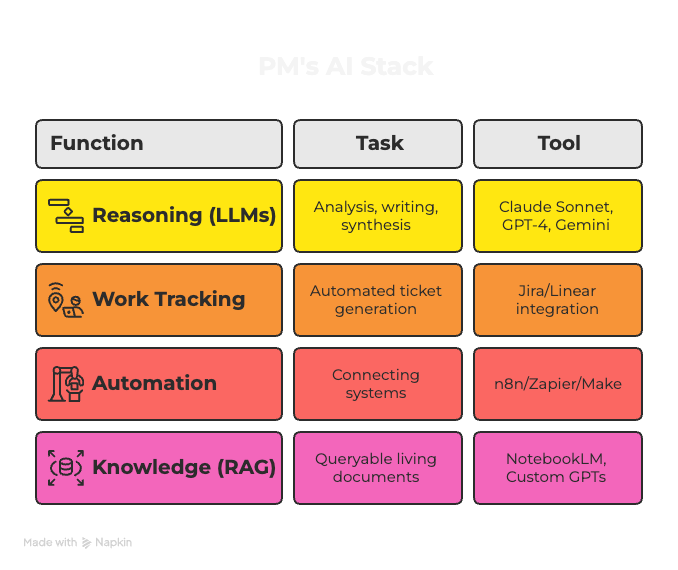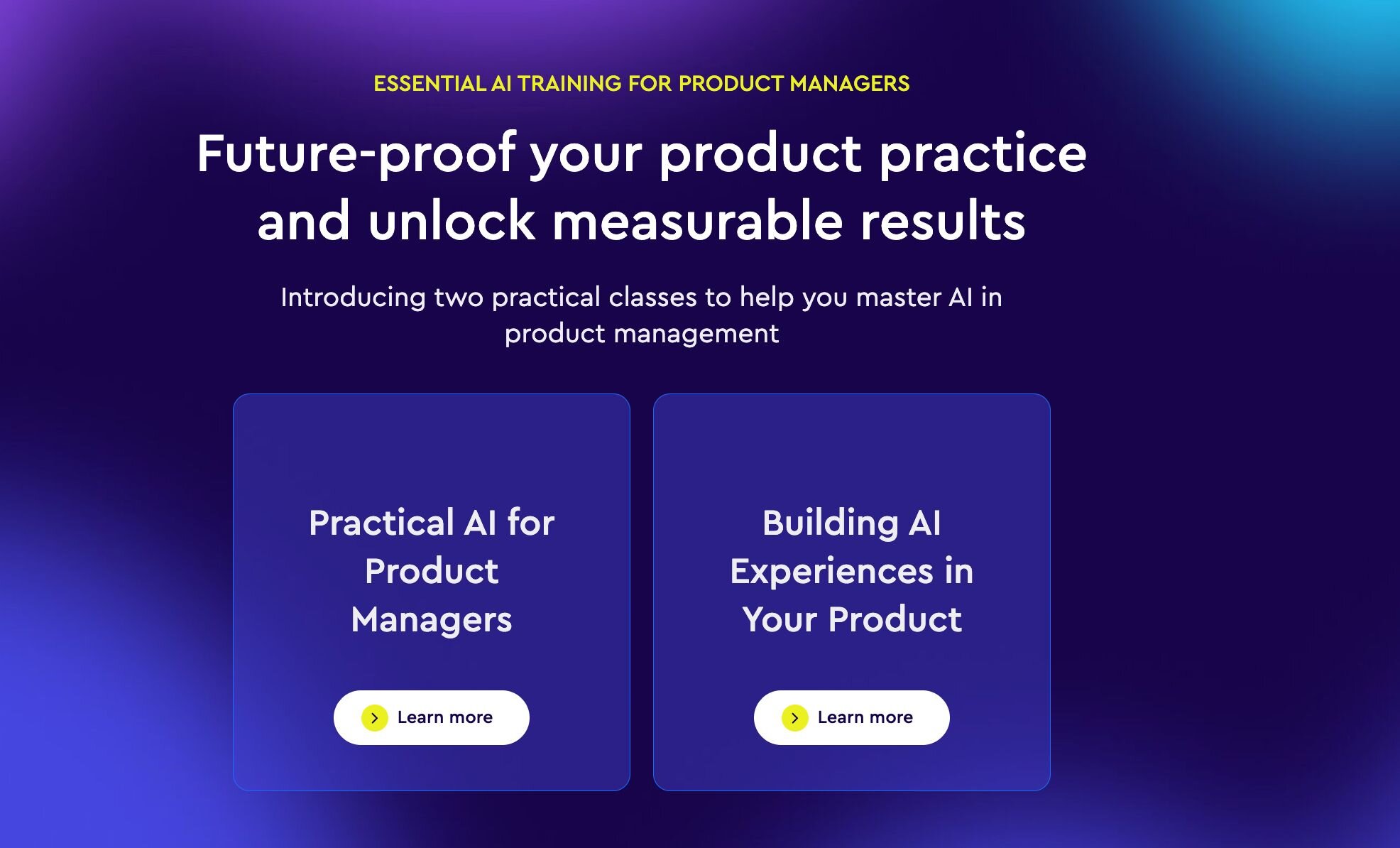This article is part of our AI Knowledge Hub, created with Pendo. For similar articles and even more free AI resources, visit the AI Knowledge Hub now.
Creating a freemium subscription model
Edwin Bodge has been at Duolingo for five years. He comes from a software and engineering background and has focused on monetising the app since he joined the company. “We want the app to be free for everyone worldwide to use. However, we also need to keep the lights on,” he says. “We use the investment gained from our subscription model to reinvest in the business, improve our learning experience, and teach better.”
Creating a disciplined culture of keeping some features free while inventing new functions worth paying for is a continuous journey. “We only want a portion of our members to be subscribers. Making this free product accessible will help us grow as a brand and consequently grow our user base without as much marketing resources required.”
The introduction of AI
Edwin explains how Duolingo gained access to a GPT-4 demo in August 2022, a few months before it was released to the public: “We’ve been using AI for nearly a decade and countless in-house AI models are used by our team of AI researchers. However we recently pivoted a single monetisation team to go all in on GPT-4,” says Edwin. Duolingo concluded it could use GPT-4 to add a new subscription tier to its payment model. “The features that we were able to build through GPT-4 would help to serve users’ needs,” he adds.
With Duolingo MAX, the higher-tier model, the team built a role-playing feature where users can spark a conversation with AI characters.
Edwin explains that one of the biggest learner needs is understanding the rules of language. “Adult learners especially want to know why a sentence is wrong. GPT helps us do that well. If you make a mistake, it pulls up an explanation which enhances the overall learning experience.”
What external and internal stakeholders think of Duolingo
Edwin says they are always looking for ways to improve the application. The team is currently focused on engaging complete beginner learners. “One of the things we’ve learned through user interviews is that we could be much more proactive in providing feedback on how well they are learning,” he says. “Not all learners are conscious that they need help. We are asking ourselves how to use GPT-4 more and make it act more like a coach.”
Introducing new features
Gamification is at the core of Duolingo’s product experience—characters, daily streaks, and leaderboards are just a few features it offers to create a playful learning journey. The product team constantly asks themselves, ‘Is this feature useful?’ Asking these questions makes a streamlined process for killing and introducing new features.
A/B testing is also at the core of introducing new features. “We A/B test everything,” Edwin adds. “It enables us to make quick data-driven decisions and helps us to roll things out quickly,”
Creating a user experience for all
When it looks to create a learning experience that engages every user, Edwin explains how Duolingo breaks this down into three dimensions: geography, age group, and proficiency.
He acknowledges that the application must find different ways to engage with different demographics and age groups. For example, its data shows that if a user lives outside of the United States, they tend to learn a foreign language faster. In addition, older learners tend to retain much better, despite the younger generation being more aware of the brand, Edwin says.
Retention, retention, retention
Duolingo focuses heavily on retention. One of its mantras is that ‘the best way to learn a language is to keep trying’. User retention and Daily Active Users are the key metrics that it tracks. “A fourth of our product and engineering function is geared towards growth and retention. That’s where a lot of gamification strategy comes from, such as the streak or the owl notifications.” Edwin explains.
An ongoing learning experience
Edwin says that the team at Duolingo focuses heavily on continuously learning to create the best experience for its customers. He has seen the company grow from 50 to 750 people in five years. “We've tried to make sure our process is lightweight, with limited red tape around anything so that our product managers can just run with an idea, and instead of it taking a few months to get an experiment out, we can get a test out in the course of a few weeks.”
Of Duolingo’s GPT-4 journey thus far, Edwin says: “It’s been a really fun and crazy ride over the past year. We’ve encouraged our team to be curious about these new AI learning tools. Pretty much everyone on the team can have a go and see what happens. We want everyone involved on that product strategy journey so they can chip in, and we can all figure out what is best for our learners.”







